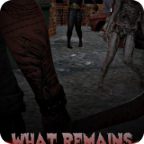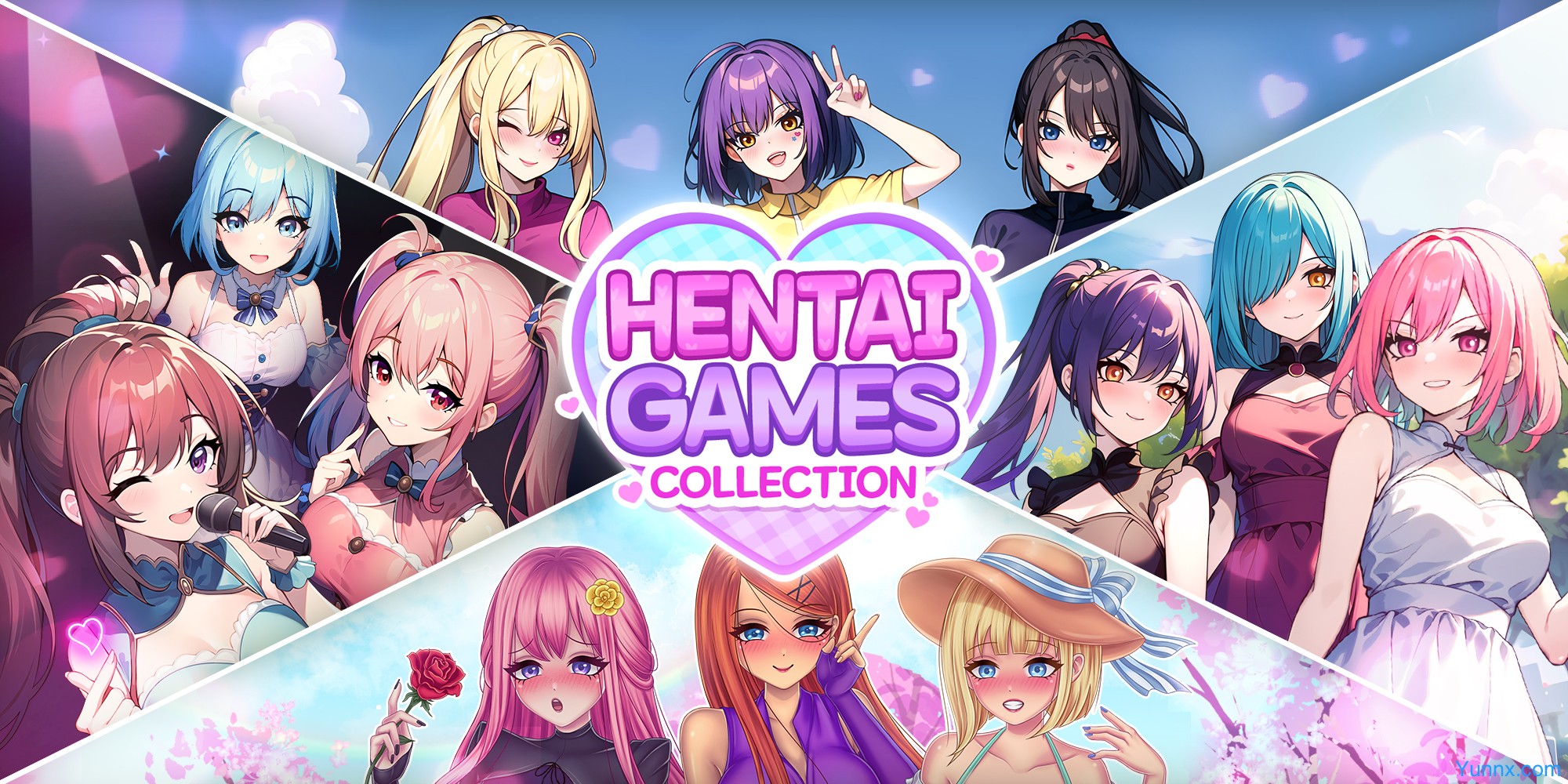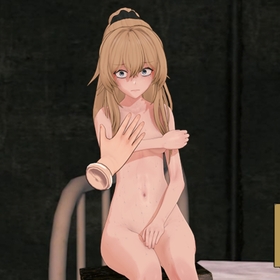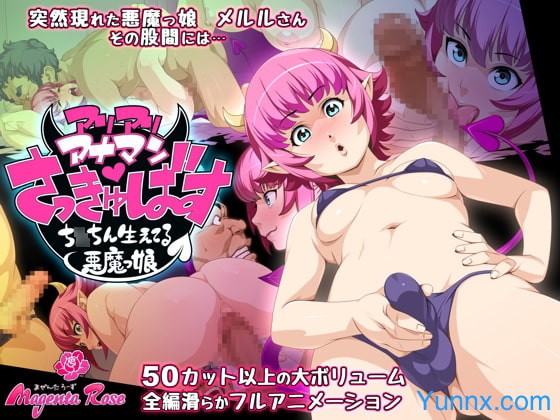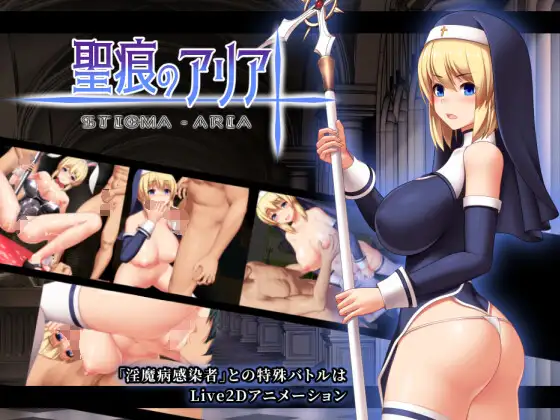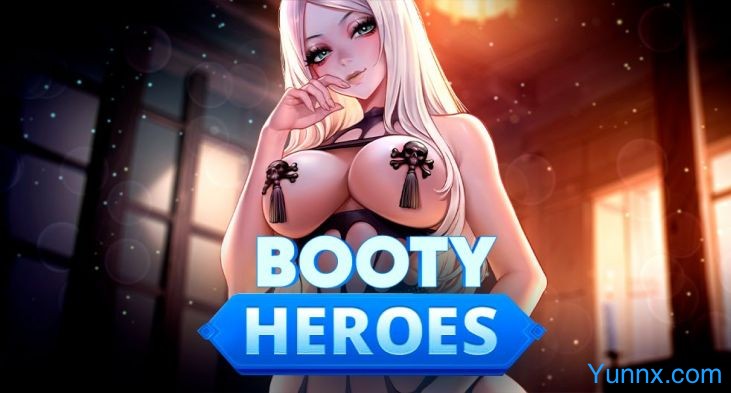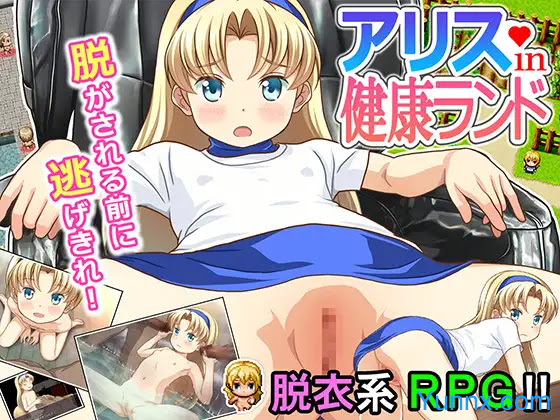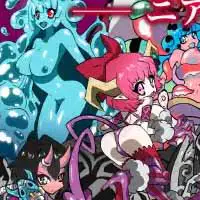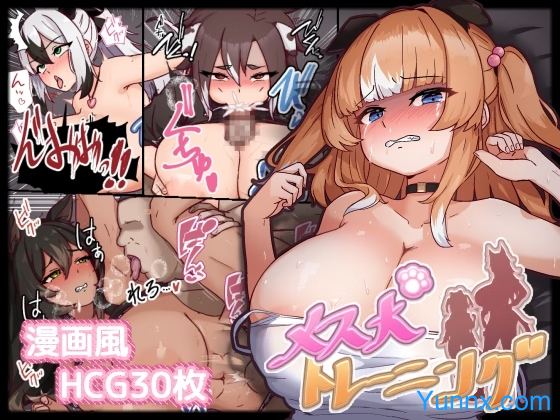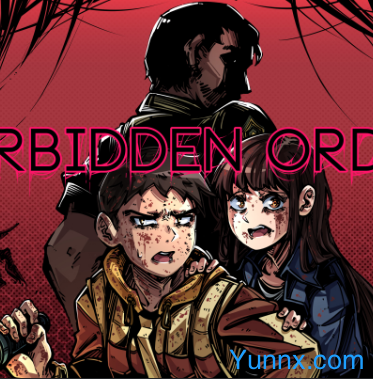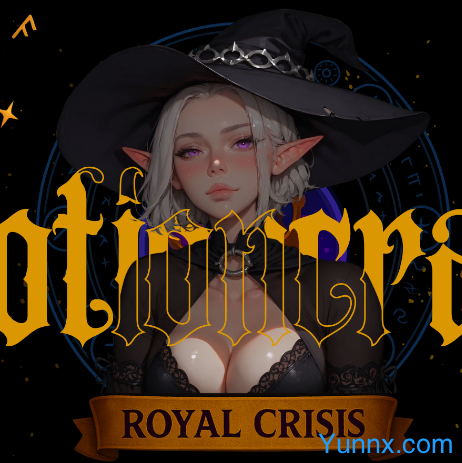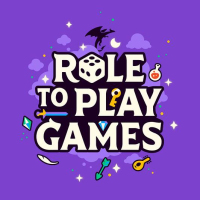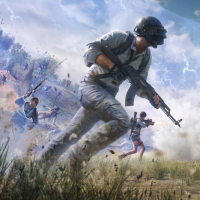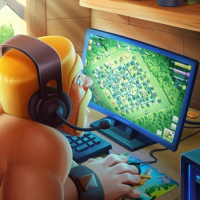What Remains: Migizi is a post apocalyptic narrative driven Kinetic visual novel that focuses on survival pressure, human redemption, and moral choices, creating a highly immersive post apocalyptic survival epic! Its multi ending branches, dynamic character growth, and environmental narrative design allow players to face the deepest light and darkness of human nature in the ruins. Whether pursuing emotional resonance or strategic survival, this game can bring a stunning narrative experience!
Core Highlights
The Struggle and Redemption of Human Nature in the Context of Apocalypse
Protagonist setting:
Migizi, The protagonist, burdened with childhood trauma and mistakes, attempts to break free from the shadows of the past and find a balance between survival and self redemption in a post apocalyptic world where zombies roam and humans fight against each other.
Moral dilemma:
In a world of scarce resources and distorted human nature, players need to make a choice between survival instincts and moral conscience, such as whether to sacrifice others or trust strangers. Each choice affects the fate and outcome of the character.
Innovative Narrative and Interactive Experience
Kinetic visual novel mechanism:
Combining dynamic storyboarding and real-time interactive selection, players can influence dialogue branches through buttons/clicks, enhancing the sense of plot immersion and urgency.
Multiple outcome branches:
The main plot and character network intertwine, triggering conflicts between different factions (such as raiders, zombie hordes, warlord forces), ultimately leading to redemption, fall, or destruction.
Immersive Apocalypse World Construction
Environmental narrative:
Through ruins scenes, character dialogues, and environmental details (such as leftover diaries and radio clips), showcase the social collapse and human alienation before and after the apocalypse.
Dynamic Survival System:
Manage resources (food, weapons, medicine), evade zombie threats, and respond to attacks from hostile human forces to enhance strategic survival and tension.
Deep analysis of functional characteristics
Core gameplay module:
Faction interaction system:
Establish relationships with different forces (such as survivor camps, warlord organizations, religious groups), choose cooperation or confrontation, and trigger unique plot lines.
Character Growth Tree:
By choosing to shape Migizi's character (such as "tough", "selfless", "cold"), unlock skills and hidden storylines, such as medical abilities or negotiation talents.
Environmental exploration:
Explore abandoned cities, underground shelters, and other scenes, discover hidden items and subplots, and piece together the truth of the apocalypse.
Emotion and Narrative Design:
Role network:
Complex interactions with key NPCs such as Doctor Who, Rebel Girl, and Warlord Leader reveal their background stories and motivations, influencing the main storyline.
Redemption theme:
By helping others or sacrificing oneself, gradually repairing the protagonist's psychological trauma, ultimately deciding whether to rebuild civilization or sink into darkness.
Target users and differentiation advantages
Core audience:
Deep narrative enthusiast: a visual novel player who pursues complex character development, multiple endings, and emotional resonance.
Doomsday themed fans: enjoy games with survival and human decision-making themes such as "The Last of Us" and "This is My War".
Unique selling points:
Kinetic interactive mechanism: Combining traditional visual novels with real-time button selection to enhance the sense of plot participation.
Moral has no correct answer: every choice is full of costs and consequences, enhancing the immersive experience of the "cost of survival".
